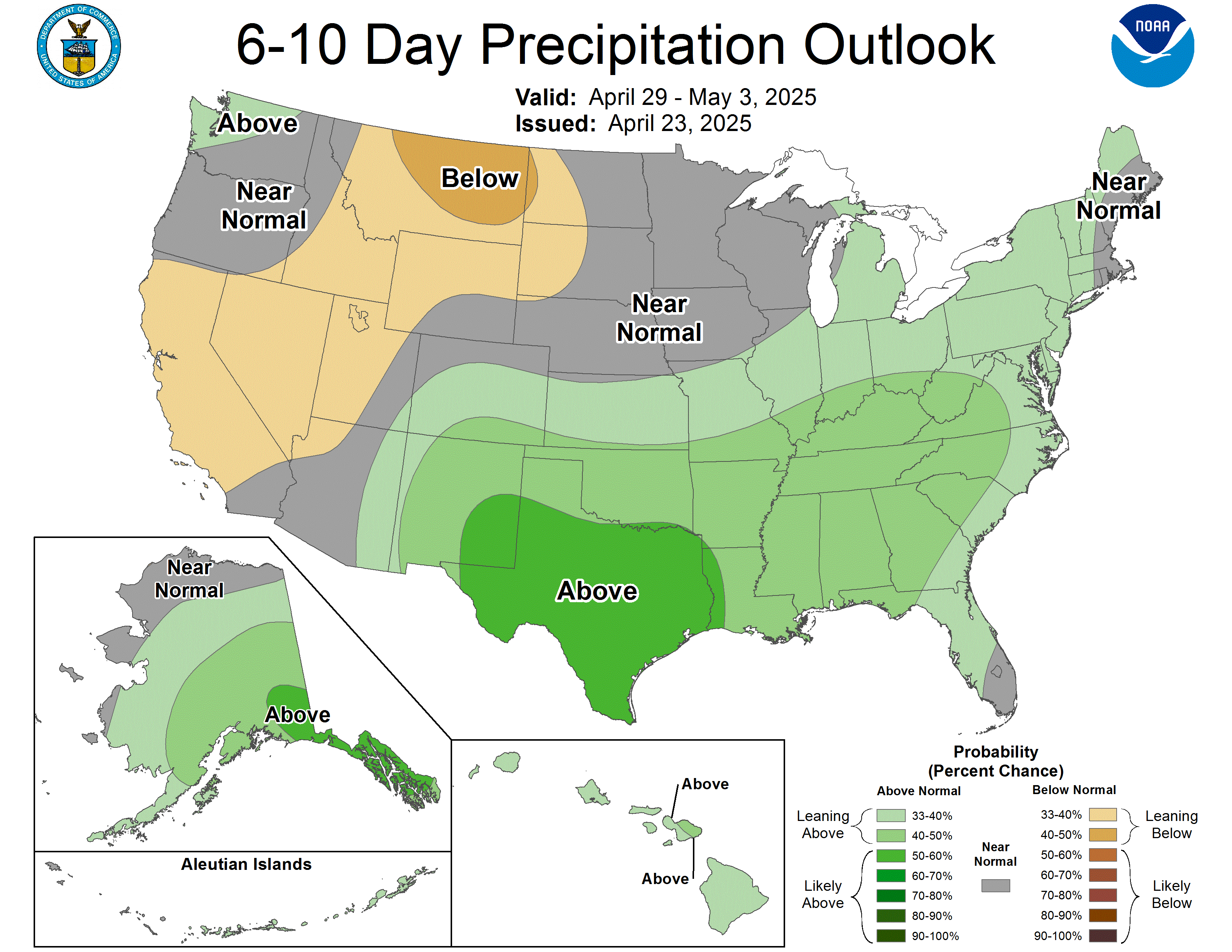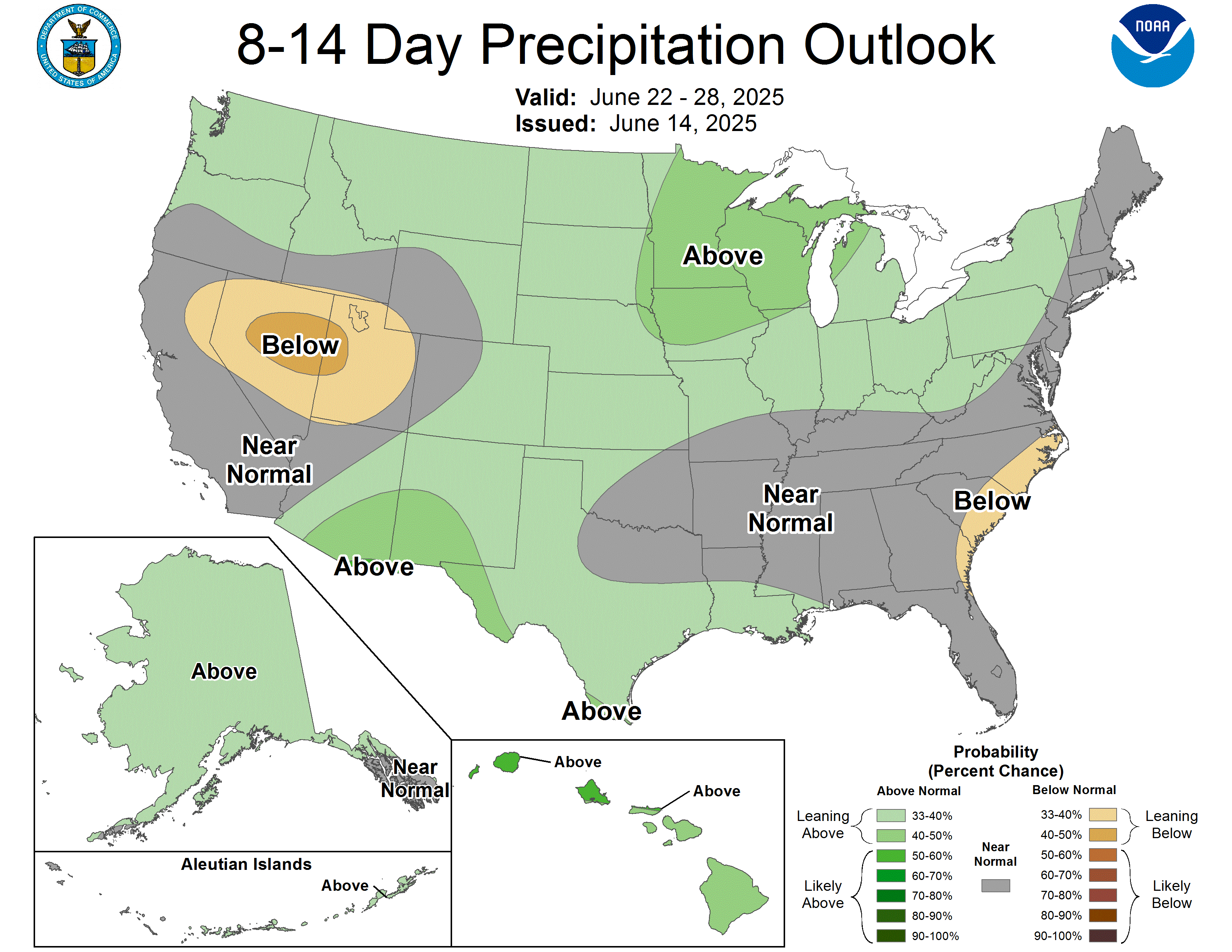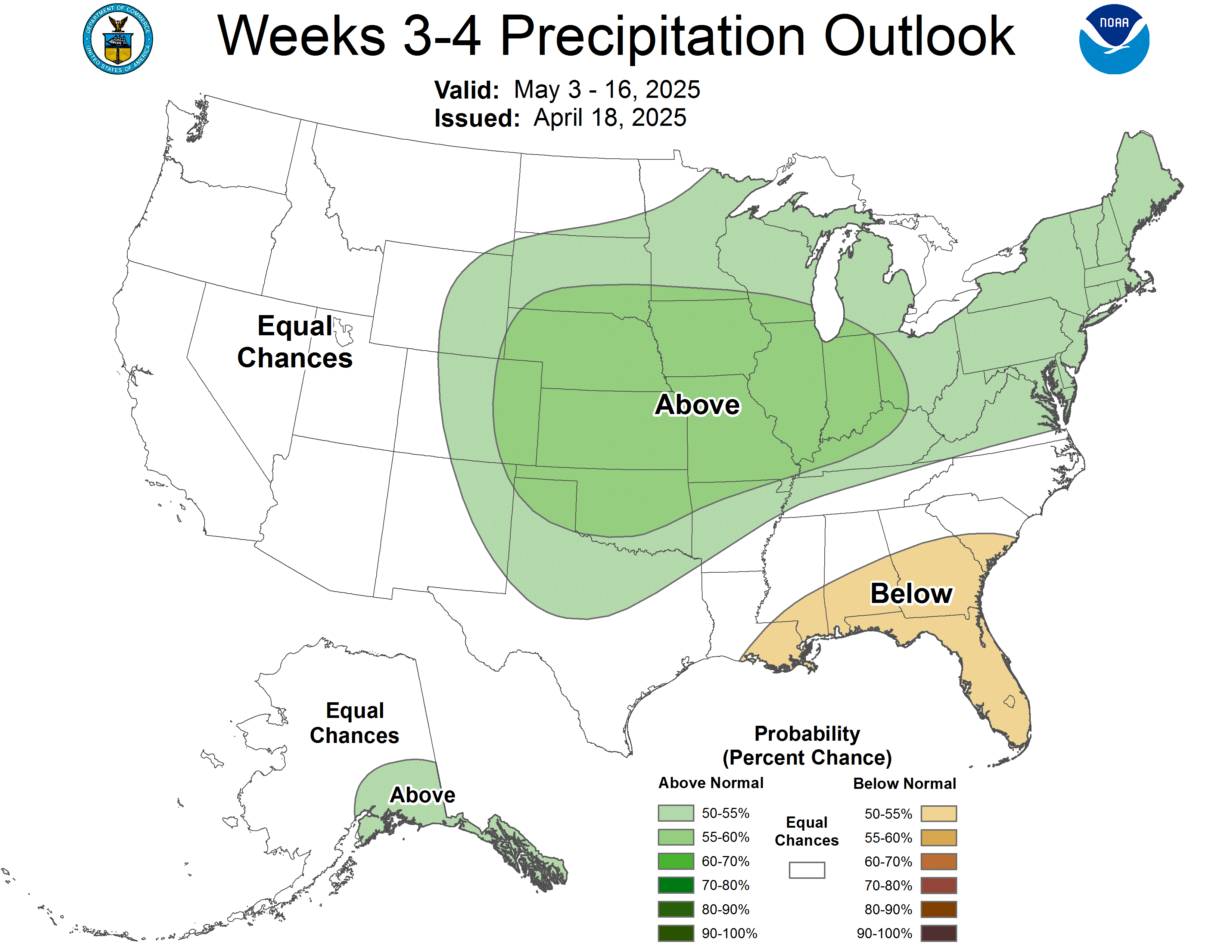Brent wrote:if these clouds and drizzle hang out hard to get too excited imo
Agreed. The drizzle has stopped and the sun is trying to peek out but Irving is sitting at 69 degrees ATM.
Moderator: S2k Moderators
Brent wrote:if these clouds and drizzle hang out hard to get too excited imo





There is high confidence that all of the ingredients for a severe
weather event will be in place over the region this afternoon and
tonight, but exactly how it plays out remains uncertain primarily
due to a complex upper level pattern leading to waves of
organized forcing for ascent and subsidence. Meteorologists can
often get lost in the "parameter space" of forecasting severe
weather, meaning that countless numbers and indices relating to
the type and severity of the weather dominate the forecast and
conversation of it. In reality the upper level dynamics and the
physical response of the atmosphere to it is extremely important
and can make or break a severe weather event. Unfortunately this
piece is extremely difficult to forecast, both because these
features are aloft and difficult to sample which can lead to
numerical modeling errors. Likewise it is tough for human
forecasters to infer how the numerical model is handling those
features. So having said that, lets dive into the upper level
features that are critical to the forecast and will influence 3
separate potential severe convective events/areas.
The upper level low currently over Arizona is poised to enter the
state later today and pivot northeastward tonight. Rounding the
base of the trough will be two shortwaves, the first moving
across the region around midday and the second crossing the region
late tonight. Forcing for ascent will occur ahead of both of
these, but a wave of subsidence will spread across the region
late this afternoon and early evening in the wake of the first.
The upper trough maintains a positive tilt which means in the wake
of the first shortwave it is very likely that the winds near 800
mb will veer and weaken which will impact the low level shear
profile and help to keep the tornado threat from getting out of
hand. But ahead of the first shortwave may be a different story.
So the 3 areas and times of potential severe convection are...
1) Across the eastern and southeastern counties, east of a Hearne
to Corsicana to Bonham line, between 3 pm and 7 pm:
The early passage of the first shortwave means most of the area
will remain too cool and capped for convection. Across this
eastern area however, it`s possible that just enough daytime
heating and, more importantly, continued moisture advection will
result in enough uncapped instability for convective initiation
and severe weather. A lack of any boundary in this area will limit
surface convergence and therefore also may result in convection
struggling to organize. Typically this warm-advection driven
convection takes a long time to develop and intensify even in
unstable environments. The forecast soundings and severe weather
parameters in this area make us most concerned about a more
significant tornado threat than any other area of our CWA, but we
are also concerned about very large hail. We estimate based on a
basket of the CAMs that the potential for severe convection
anywhere in this region is about 40% meaning the severe weather
threat is more conditional (may not happen at all).
2) The northwest and north central part of the CWA, including the
DFW Metroplex, from 5 pm to 10 pm:
A dryline will likely reach a Bowie to Comanche line late this
afternoon. Unlike areas farther east, strong surface convergence
along the boundary is forecast and will help to provide a favored
zone for convective initiation. However, this region will likely
be in weak subsidence in the wake of the early day shortwave
during the peak heating hours of late afternoon. This could lead
to false convective starts and struggling convection despite a
very unstable and uncapped airmass as temperatures reach the low
80s with dewpoints in the mid 60s. In addition the early day
shortwave will lead to weaker winds in the 800 mb area and a
veer-back-veer profile in the lowest levels with a hodograph
depicting a pronounced kink due to these weaker winds. This type
of shear profile may be both good and bad. It should lower the
potential for strong sustained low level mesocyclones and thus the
tornado threat would be more isolated and brief. On the other
hand it may actually help convection initiate as there will be
less turbulent mixing and shear to decapitate infant updrafts.
Finally this shear profile would increase the potential for very
large hail as it would result in greater mid and upper level cloud
layer shear which is far more important for copious amounts of
large hail growth than just being unstable. Although we should
mention that it most certainly will be very unstable with MLCAPE
possibly near 3000 J/KG and a large amount of instability in the
hail growth zone. Several sounding analogs suggest that any mature
supercell in this area will have the potential to produce
baseball to softball size hail. If supercells do form and remain
isolated past 9 pm, we will have to closely monitor the 800 mb
flow as the approach of the next trough could bring more cyclonic
curvature in the low levels and lead to a higher tornado
potential. Remember, severe storms are still not a certainty in
this region as it is possible the subsidence wins out - but based
on the various CAMs we estimate a 60-70% chance there will be
severe weather somewhere in this area between 5 and 10 pm.
3) The entire CWA, but especially areas south of I-20 after 9pm:
The approach of the main upper trough axis will bring the second
shortwave across Central Texas resulting in strong forcing across
most of the region, but especially south of I-20. Moderate to
high instability and a weak cap will result in a rapidly
developing line of storms west of I-35 that should race eastward
into the overnight hours. Storm mode suggests that while there
will be hail threat - it will not be as extreme as the other 2
potential events. Instead damaging winds look like the primary
threat with this squall line, but the possibility remains there
will be some brief embedded tornadoes along the line. Confidence
is high across Central and East Texas that this line of storms
will occur (with PoPs 80-100%) however the farther north one goes
the weaker and less organized the dynamic forcing is and thus
these areas may miss out on this round.
In summary, not everyone will see severe weather, but everyone
should prepare for it. It`s one of those days we ask people just
to stay plugged into your favorite source of weather information
so that you can act if need be - whether it`s moving a car
somewhere protected or seeking a safe shelter.


bubba hotep wrote:Temps soaring into the 80s out West as clouds break up from West to East.












Return to “USA & Caribbean Weather”
Users browsing this forum: No registered users and 93 guests